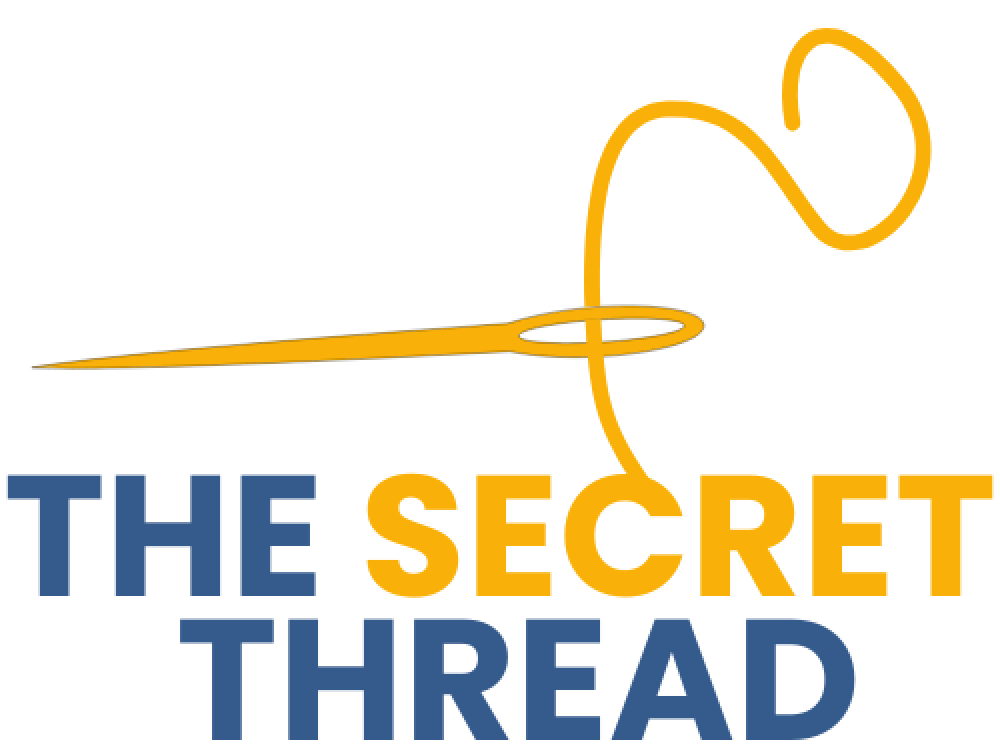- The Secret Thread
- Posts
- What 200 executives just admitted about leadership
What 200 executives just admitted about leadership
Turns out, the strongest leaders don’t go it alone. Here’s what they do instead.


Story
Its Time To Call BS On Leadership Hacks

photo from unsplash.com
My team and I just completed a survey of 200 C-level executives from a variety of firms, including several Fortune 50 companies. There were several key takeaways, but one of the clearest came in an open response from a CEO:
“I realized it’s time to call bullshit on leadership hacks. All my efforts to find shortcuts or tricks or cheat codes were becoming demoralizing for me and my team. It wasn’t until we committed to depth over quick wins, inner alignment over external performance, and a deep trust in the process and each other that my team felt we could create meaningful and lasting results.”
When I read that, I underlined it three times.
We live in a business culture addicted to the idea of hacking. Productivity hacks. Biohacks. Morning routine hacks. Leadership hacks. There’s a whole industry telling you that you can shortcut your way to clarity, cohesion, and trust.
And here’s the hook: it sounds smart. It sounds efficient. It feels like progress. But if you’ve ever actually tried to lead people, you know the truth. There is no cheat code for human behavior. There is no shortcut to trust. There is no hack for complexity.
Hacks are for machines. You’re not leading a machine. You’re leading people with old stories, old patterns, and a whole lot of fear when the stakes are high. And you’re doing it with your own outdated stories running in the background.
So today, I want to name the obvious: leadership hacking is a lie. It’s a myth that keeps you addicted to speed and novelty, and disconnected from the slow, deep work that actually holds when the pressure is on.
Deep Dive
The Day I Stopped Hacking Leadership
A few years ago, I was on a call with a startup founder I’d been coaching for several months. Brilliant, driven, deeply committed—but always on the edge of burnout.
That day, he looked especially tired. His voice was tight. His camera was off. And when I asked how things were going, he didn’t launch into his usual metrics. He just said:
“I think I finally get it.
I’ve been trying to hack leadership—and it’s not working.”
He went on to describe how, for years, he’d chased every productivity system, downloaded every app, stacked his morning routine with supplements, ice baths, journaling, affirmations, and high-performance podcasts. And yet, here he was—exhausted, disconnected from his team, unsure if he even wanted to keep building.
His voice cracked a little when he said,
“I just want to stop pretending that I can shortcut my way through this.”
That moment stuck with me. Not because he was failing. But because he was finally ready to lead for real.
What he named in that moment is something I’ve now seen in hundreds of leaders: a quiet exhaustion with the myth of the shortcut. The seductive lie that if you just optimize a little more, you’ll finally feel clear, grounded, and in control.
But leadership doesn’t work that way. Especially not in complex, high-stakes environments. You can’t hack your way through human behavior. You can’t shortcut trust. And when things get hard (and they always do), no productivity trick can replace the deep work of owning your story, regulating your nervous system, or letting someone else help carry the load.
When we ran our most recent survey of 200+ executives, I saw that same insight echoed over and over. One of the most honest responses came from a CEO of a Fortune 50 division:
“I realized it’s time to call bullshit on leadership hacks.
All my efforts to find shortcuts or cheat codes were becoming demoralizing—for me and my team.
It wasn’t until we committed to depth over quick wins, inner alignment over external performance, and a deep trust in the process and each other that we created real, lasting results.”
That’s the shift.
It’s not flashy. It won’t go viral. But it’s the kind of leadership that holds when pressure hits.
And it’s what The Resilience Stack is designed to support: a move away from addiction to speed, and toward structural strength that lasts.
So if you’ve been trying to optimize your way out of exhaustion—or if your team is stuck in cycles of urgency and burnout—maybe it’s time to stop hacking.
Maybe it’s time to lead for real.
Putting Into Practice
The Anti-Hack Leadership Framework™
Here’s a practical way to apply what we’ve learned—whether you’re coaching a team, leading a division, or rethinking your own leadership rhythm.
🧭 The Anti-Hack Leadership Framework™
A 3-part model for sustainable, high-integrity leadership.
1. From Control to Ownership
Shift: Grip less. Anchor deeper.
Old Pattern: Micromanaging, firefighting, over-functioning
New Move: Pause. Ask: “What’s mine to carry?”
This builds emotional regulation and trust across the team. Ownership is not control—it’s clarity and presence under pressure.
2. From Scripts to Self-Authorship
Shift: Surface the story. Rewrite the script.
Old Pattern: Leading from fear or proving
New Move: Ask: “What belief is driving this urgency?”
Until you change the internal story, your external strategy stays reactive.
3. From Isolation to Interdependence
Shift: Strength is shared.
Old Pattern: Carrying everything alone
New Move: Ask: “Who can hold this with me?”
Support is a leadership multiplier. Not a liability.
This week, try one of the following:
Personal reflection: Which shift is most alive for you right now?
Team conversation: Share the framework and ask where your team defaults to hacking over depth.
Behavioral experiment: Choose one shift. Practice it daily for one week. Track what changes.
Updates
Try This With Your Team
Bring this prompt into your next leadership meeting or 1:1:
“Where are we trying to hack our way through something that actually needs depth?”
Use it to surface:
Strategic initiatives that feel stuck
Cultural issues being patched instead of repaired
Leadership patterns (like over-functioning) that may need rethinking
Then ask:
“What would it look like to slow down and build something more resilient here?”
You don’t need answers right away. You need the space to start seeing clearly.
Content Updates
Stay Connected
2 new Podcast Episodes of Mission Driven You (1 with a guest)
Stay connected on Instagram @willsamsonchangecoach
Want to bring The Anti-Hack Framework to your team or executive cohort?
Subscribe at drwillsamson.substack.com or share this with a colleague.
You're not meant to build this alone. And you don’t have to.
—Will
I am a real person and I’ll respond to this email; Respond With which rhythm you will implement into your life.